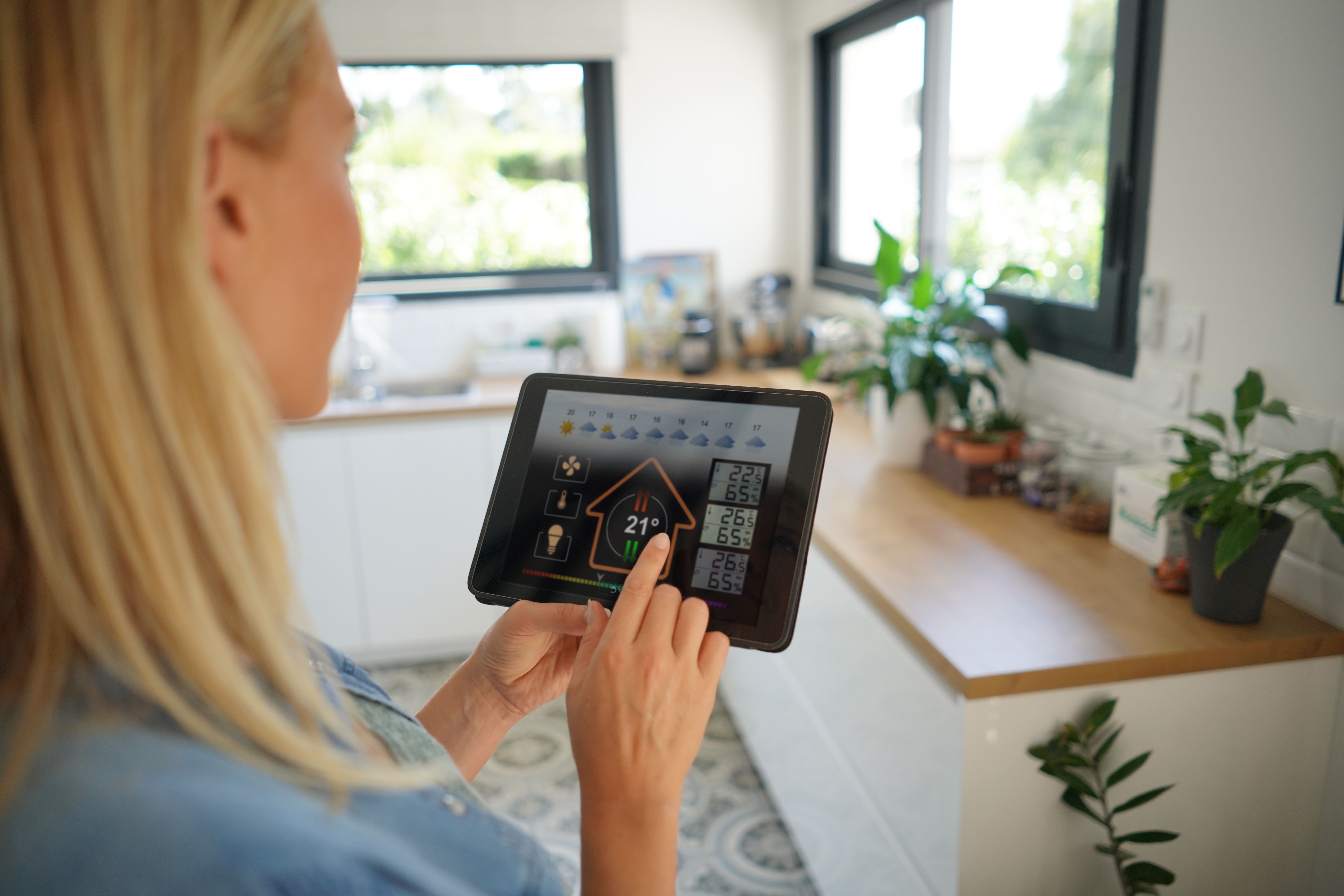4 Ways To Turn Your House Into A Smart Home
With the increase in technology and modern-day conveniences, many wonder if having a more innovative home will benefit homeowners. The answer is an astounding yes.
Smart home security systems have been developed to protect you against potential intruders and provide your home with added benefits, like smoke detectors and enhanced security features.
Aside from providing security, smart home devices also help reduce overall utility costs and will improve convenience.
If you’re interested in converting your home into a smart home, here are four things you can do:
1. Install Smart Home Protection Systems
Today’s modern home security system can be monitored remotely by a computer or cell phone. This allows owners to keep an eye on their homes and even activate the alarm if they’re away for an extended period.
Some devices even allow you to speak directly to a security professional in the event of an emergency. Also, the latest security cameras already come standard with HD resolution, so you get crystal clear images of what’s happening inside your home.
Home security systems include security hardware and software so that you can monitor and control these systems. Security hardware typically includes deadbolts, locks, alarms, cameras, smart motion sensors, and other security equipment. The essential elements of a smart home security system are the control panel and the interface units.
Other smart home security system options that you may want to consider are things like smart locks, smart home automation systems, emergency call systems, and carbon monoxide detectors. You can choose to have a system that offers one of each or to have one of each type of device installed.
If you’re trying to protect your entire property from theft, you should consider getting a system with a theft deterrent feature. Many systems offer anti-theft features such as advanced keyless entry and a tumbler lock for locking doors.
2. Upgrade To Smart Appliances
Some of the upgrades for comfortable living include smart appliances.
For example, smart refrigerators help you maintain foods at their optimum storage temperature by using advanced technology. Smart refrigerators also come equipped with features that allow you to see how long a particular food will last, how cold it is, and how much room it’ll take up in the refrigerator.
Some smart refrigerators even have screens where you can create your shopping list. Lastly, smart refrigerators are designed to conserve energy and are rated on their overall efficiency to help you choose the right appliance.
Some of these appliances are also connected to the internet so that you can do your online shopping with them.
On the other hand, a smart washing machine has a programmable washing cycle that helps you maintain the correct washing and drying cycles so that your clothes stay clean for longer and you don’t have to do it over again.

3. Use Smart Thermostats
A smart thermostat is a significant investment to save money, energy, and time. A smart thermostat can help you cut energy bills and protect your family from the harmful effects of high temperatures.
Smart thermostats can also help you control the temperature in your home without having to mess around with complicated switches and dials.
If you’re using a smartphone app to control your HVAC system, you’ll have immediate access to the temperature readings. This can help you prevent overheating, leading to discomfort and even damage to your personal belongings.
When you get home from work, you won’t have to check the temperature in your room again to make sure that you have set the right temperature.
4. Convert To Smart Lighting
Smart home lighting is a great way to improve your home and add convenience. Smart lighting offers smart switches that control the lighting in your home.
These switches can also be programmed to turn lights on at certain times, like when you leave the house or come back from work.
If you have motion sensor lights, the system will recognize that there’s no longer anyone moving in the room and will turn the lights off. This feature takes away the need to have the main lighting system in each room.
You can add sensors and switches in each room that’ll automatically turn on and off the lights when needed.
Summary
There are many other types of smart home technologies that are available on the market today. Each one offers a slightly different level of protection, convenience, and savings.
Some of the most popular smart devices are for home protection. You can install motion sensors or smart locks to prevent burglars from coming into your property.
Different smart appliances provide convenience and energy-saving features so you can reduce your electric bills.
There are also smart devices that can be programmed to control lighting, air conditioning units, heating, and ventilation equipment.
You can install all of these to convert your property into a smart home.



Comments are closed.